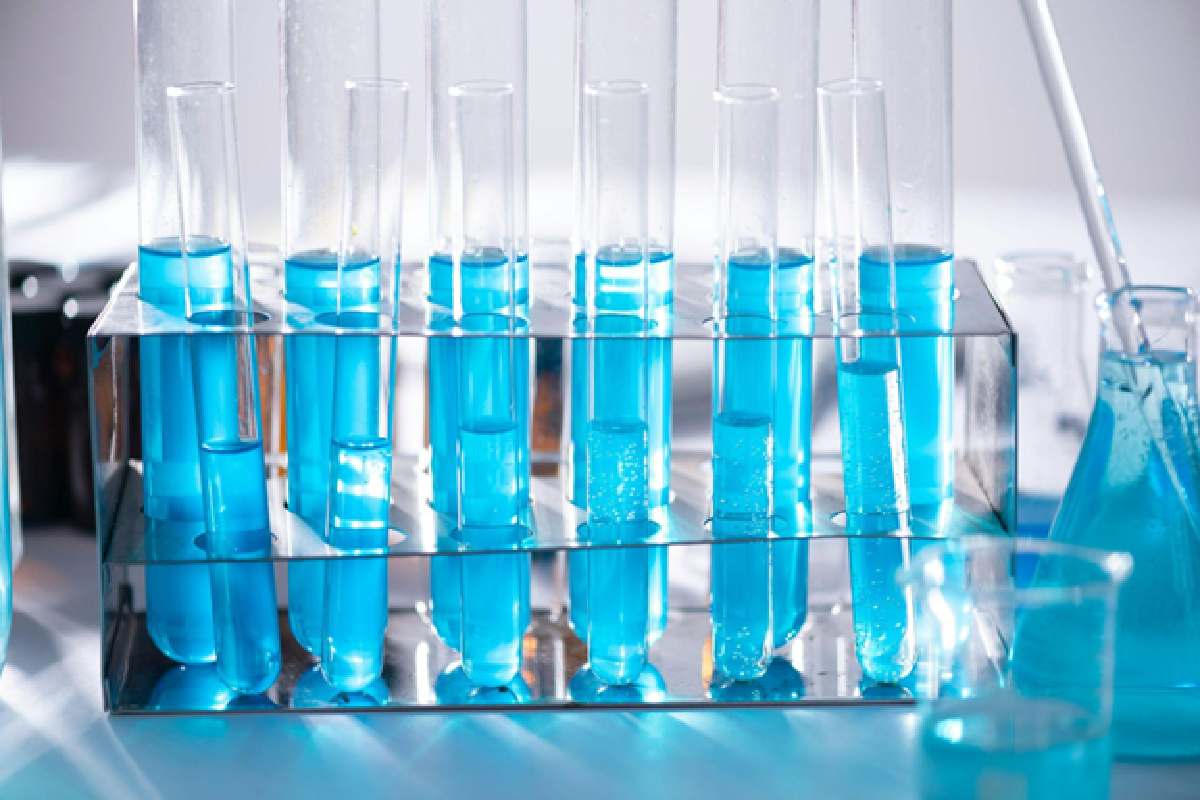A New View of How Medicine Gets Made
Most people see medicine as a simple product. You pick it up from a pharmacy. You take it with a glass of water. So, you expect it to help you feel better. You do not see the long path behind it. Also, you do not see the decisions, the tests, and the careful steps that shape every dose. That process keeps growing. It grows with new tools. It grows with better ideas. As it grows with a deeper look at how the human body works. All these changes move toward one goal. They help make safer drugs for patients everywhere.

Small Steps That Bring Big Insight
Modern research now studies tiny details inside each cell. This work guides the early stages of drug development. This is where scientists often use methods that include single cell library preparation within broader workflows. This kind of work allows teams to explore what happens at a level once hidden from view. It helps them follow early reactions. It shows them how cells respond to small changes. Also, it also reveals signs that might point to future risks.
This deeper view of biology shapes the very beginning of drug safety testing. It helps teams see early warning markers. It helps them understand how a drug might act in different cell types. Also, it gives them a clearer picture of what to watch out for. This step holds great value. It sets the tone for every decision that comes after it.
Early Testing That Protects Patients
Once a new drug idea enters the lab, it goes through a long journey. Scientists ask simple questions at first. They ask if the drug works. Also, they ask if it stays stable. They ask if it shows any signs of harm. These steps look slow from the outside. They feel steady from within the lab. The goal is not speed. The goal is clarity.
Researchers test early reactions in controlled systems. These tests help them track how the drug behaves. They show small changes that might lead to issues. They reveal patterns that shape the next round of tests. This stage adds important layers of protection. It keeps unsafe ideas from moving forward. It also gives promising ideas a clean path.
These early tests form the base of drug safety. They guide labs toward choices that protect future patients. They keep the process grounded in careful work.
Tools That Bring More Precision
Modern lab tools changed the way safety tests run. They offer sharp control over each step. They help scientists measure tiny shifts in response. Also, they keep data clean. They keep conditions steady. This level of precision matters. It removes guesswork. It supports results that carry more trust.
Automation also plays a growing role. It keeps workflows smooth. It reduces simple mistakes. Also, it handles tasks that once slowed teams down. This allows researchers to focus on the details. It gives them more time for the parts that require real thought. It also supports stronger consistency. Consistency builds safety. It pushes the work in a direction that feels responsible and stable.
These tools also help labs handle large sample sets. They keep each test aligned. They reduce pressure on the team. Also, they strengthen the entire safety pipeline.
Understanding Risk in a New Way
Drug safety used to rely on broad observations. Scientists tracked general outcomes. They looked for clear signs of trouble. That work still matters today. It builds the backbone of safety studies. But new technology gives teams more options. They can explore risk with a finer lens. They can look at cell behavior. Also, they can study early stress signals. Also, they can follow interactions that unfold before symptoms appear.
This creates a richer view of how a drug might act. It helps scientists shape safer recipes. It helps them set clean limits. Also, it helps them adjust doses with confidence. They also gain insight into how a drug might behave in people with different backgrounds. This shapes guidance on use. It shapes advice on timing. It shapes warnings that protect patients.
Risk assessment grows smarter each year. It builds layers that support better decisions. It brings stronger insight into every step.
Bringing Safety Testing Closer to Real Life
Once a drug shows promise in the lab, it must face real conditions. The human body adds complexity. It adds variation. It adds responses that no machine can predict. This phase requires deep care. It requires thoughtful design. It requires attention to every detail.
Scientists test how the drug moves through the body. They study how long it stays active. They track reactions over time. Also, they monitor changes that might affect comfort or health. Doctors and researchers work side by side. They share insight. They guide adjustments. Also, they update plans when needed.
This stage protects future patients. It helps teams confirm what the drug does. It shows them how to manage side effects. Also, it reveals areas that need more work. It also builds the foundation for clear instructions on safe use.
Clear Communication That Builds Trust
Drug safety does not end in the lab. It does not end in clinical testing. It continues into the real world. Doctors rely on clear instructions. Patients rely on honest guidance. This communication forms the final link in the safety chain.
Science helps shape this messaging. It provides the evidence. It supports the warnings. Also, it guides the recommended use. This keeps patients informed. It gives them a better understanding of what they take. It also helps them report any unusual changes. This feedback shapes future improvements.
Trust grows from clear communication. It turns research into something people can follow. It helps patients feel more at ease with each treatment.

A Future Built on Careful Progress
Drug safety continues to grow. New tools enter the lab each year. Workflows improve. Knowledge expands. Teams find fresh ways to study cell behavior. They find better ways to test new ideas. They find clearer paths to reduce risk. These changes strengthen the entire system.
The journey from lab to patient stays long. But each step becomes more thoughtful. Each stage becomes more precise. Each decision becomes more informed. This brings safer medicines into the world. It supports doctors. It protects patients. And also it shapes a future where people feel more secure with every dose.


